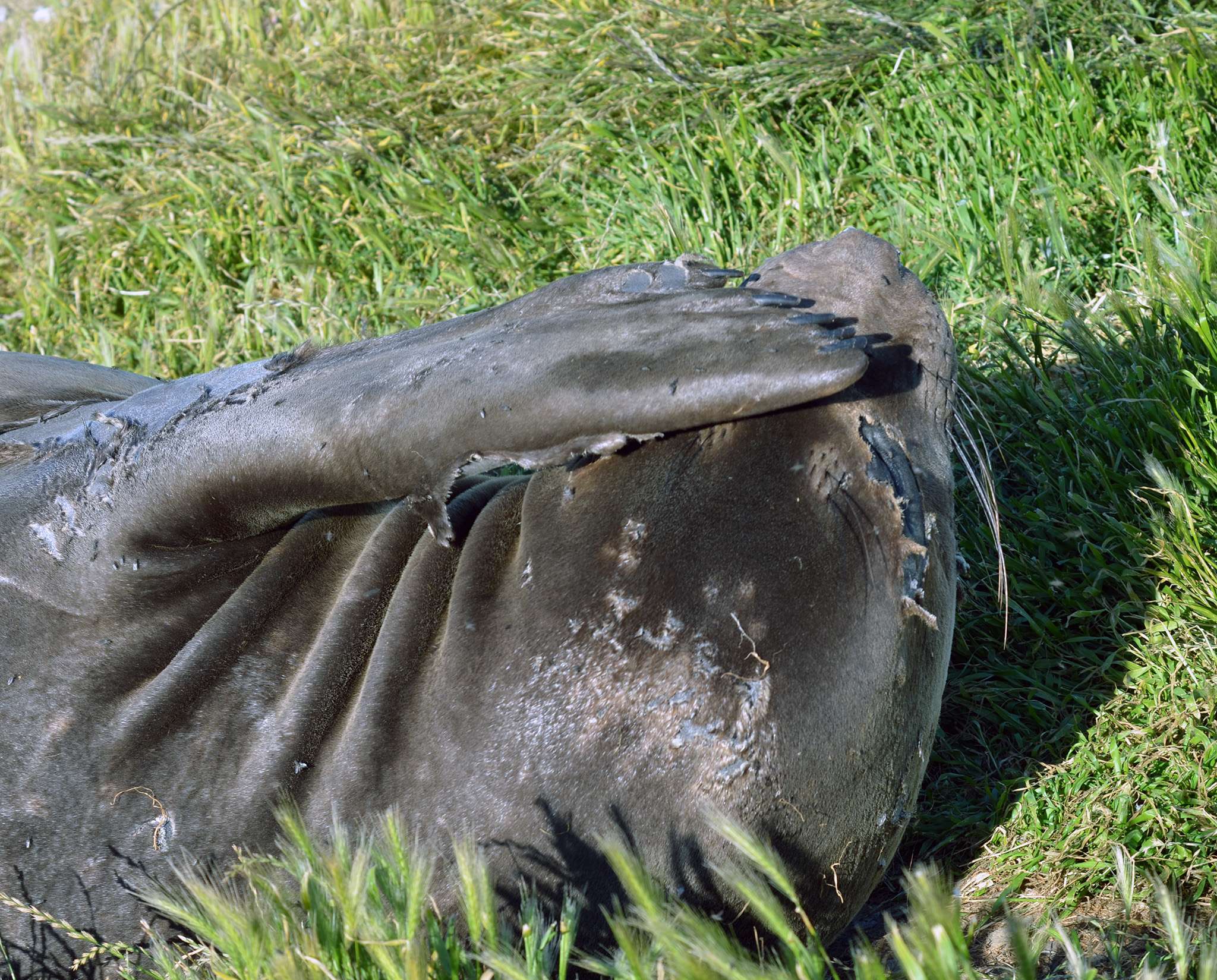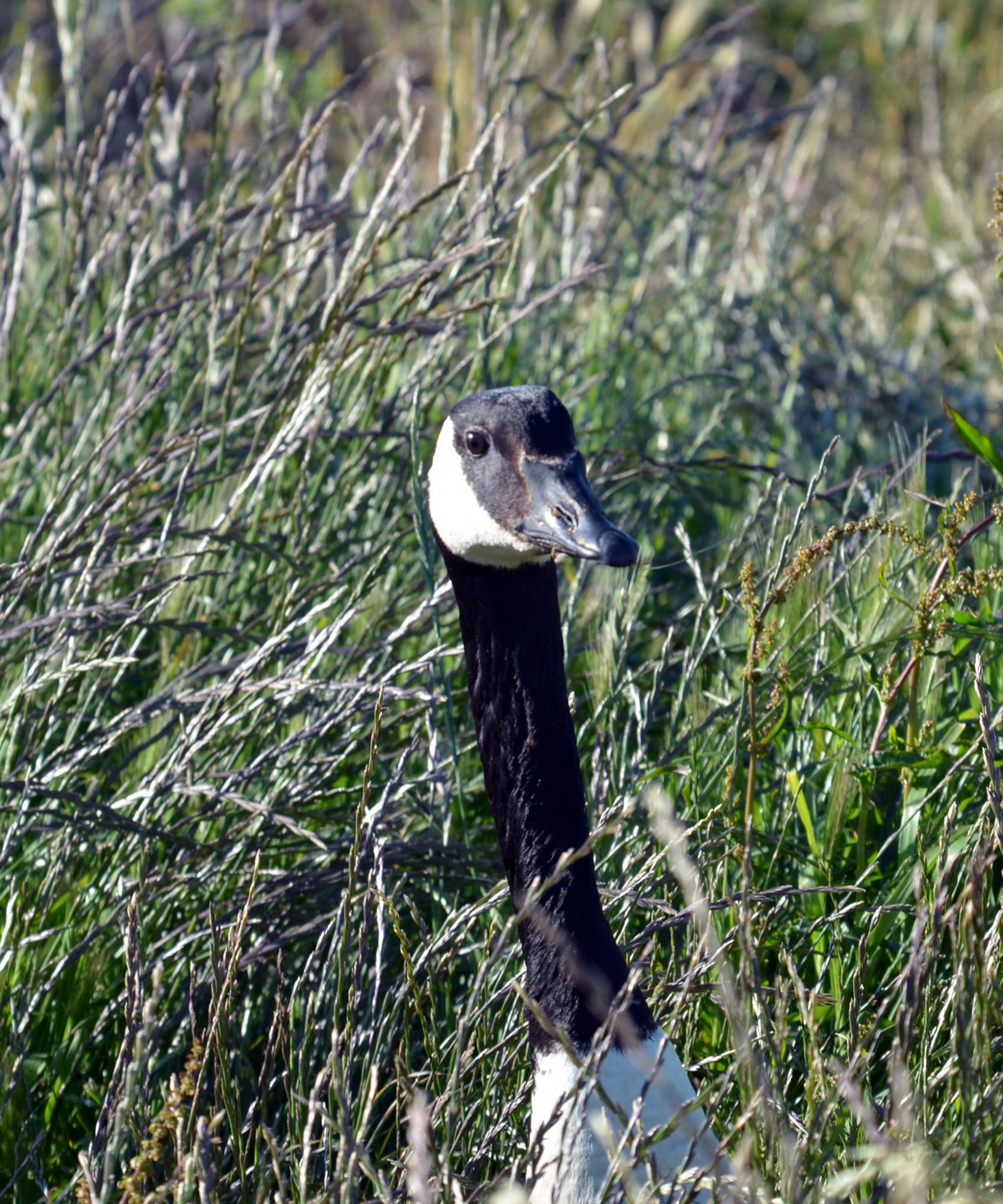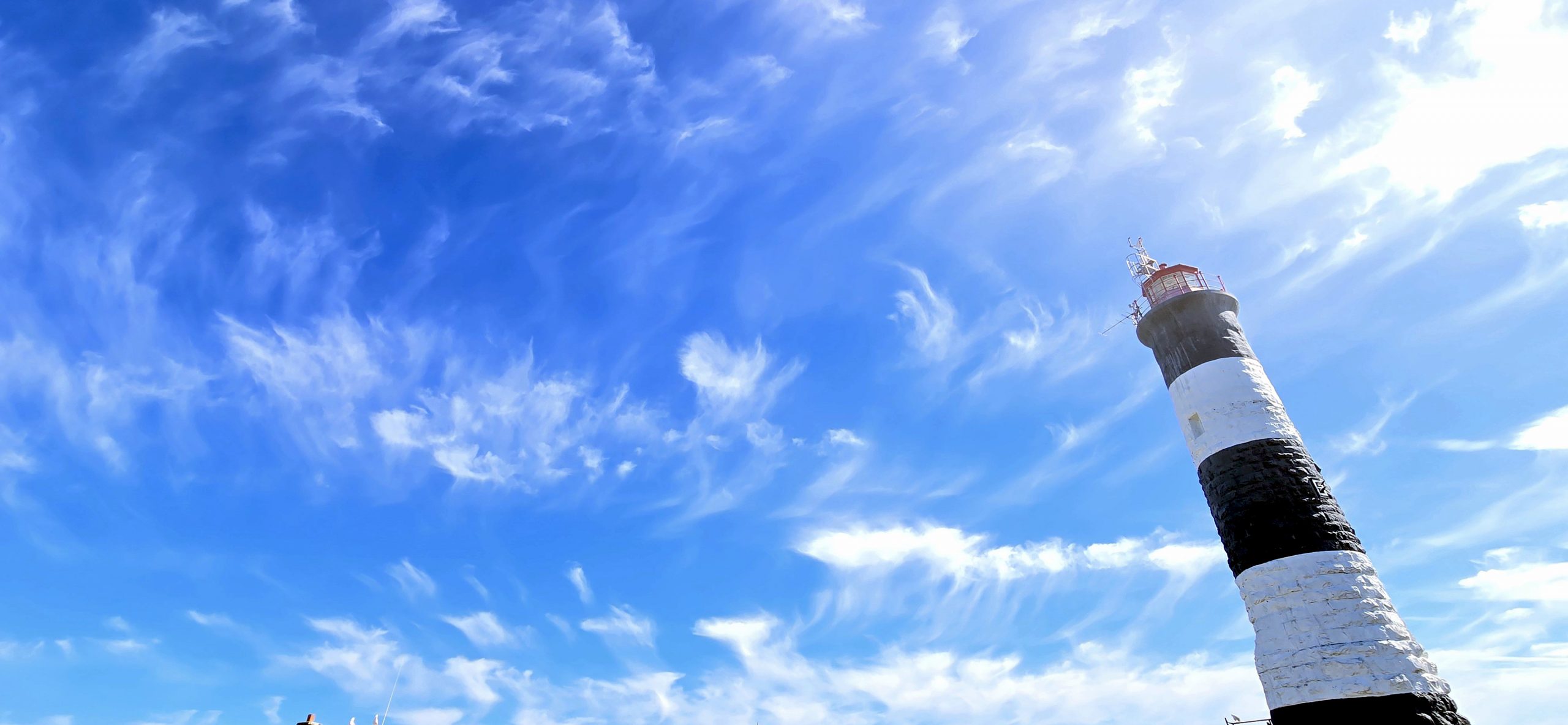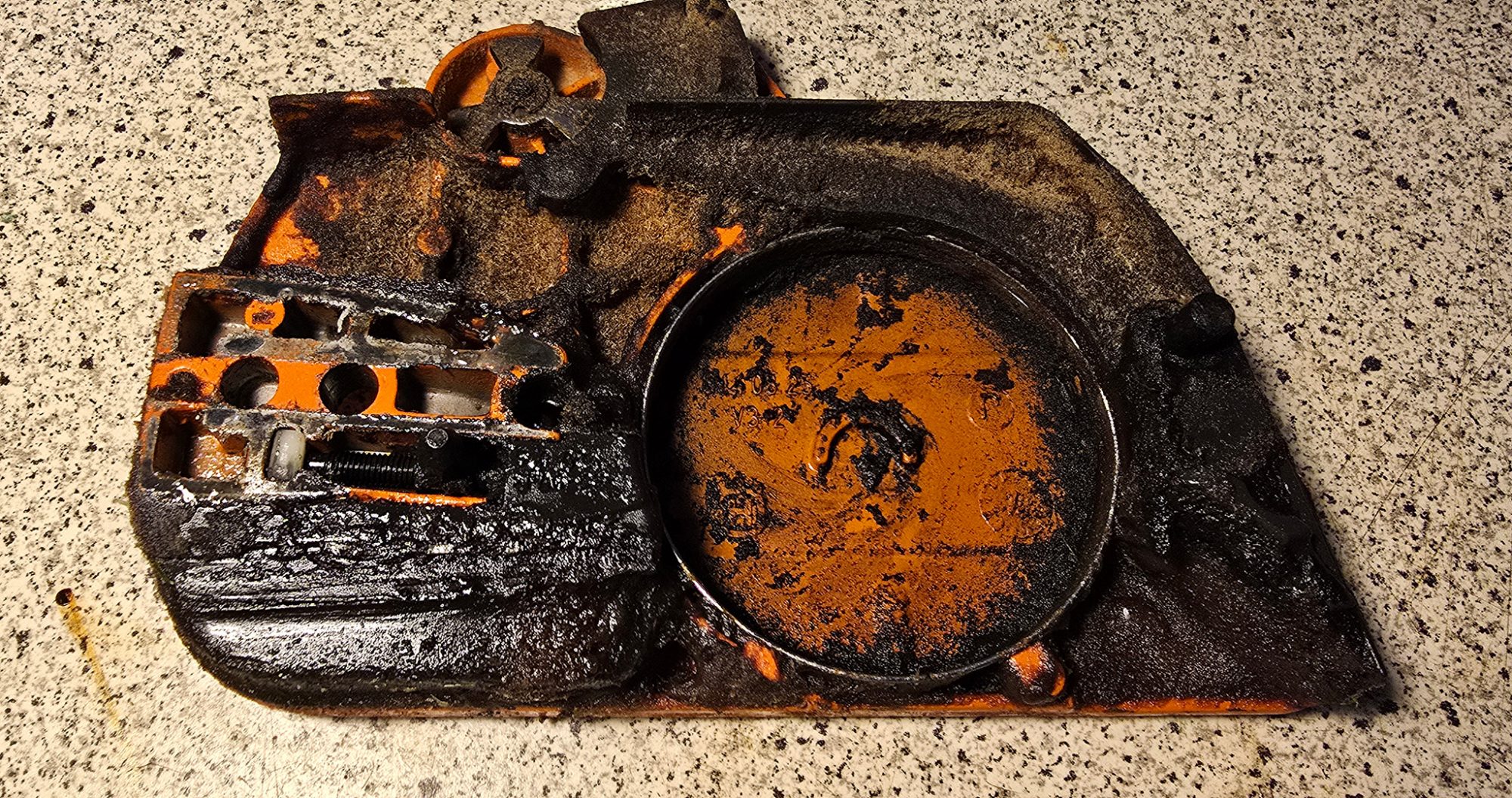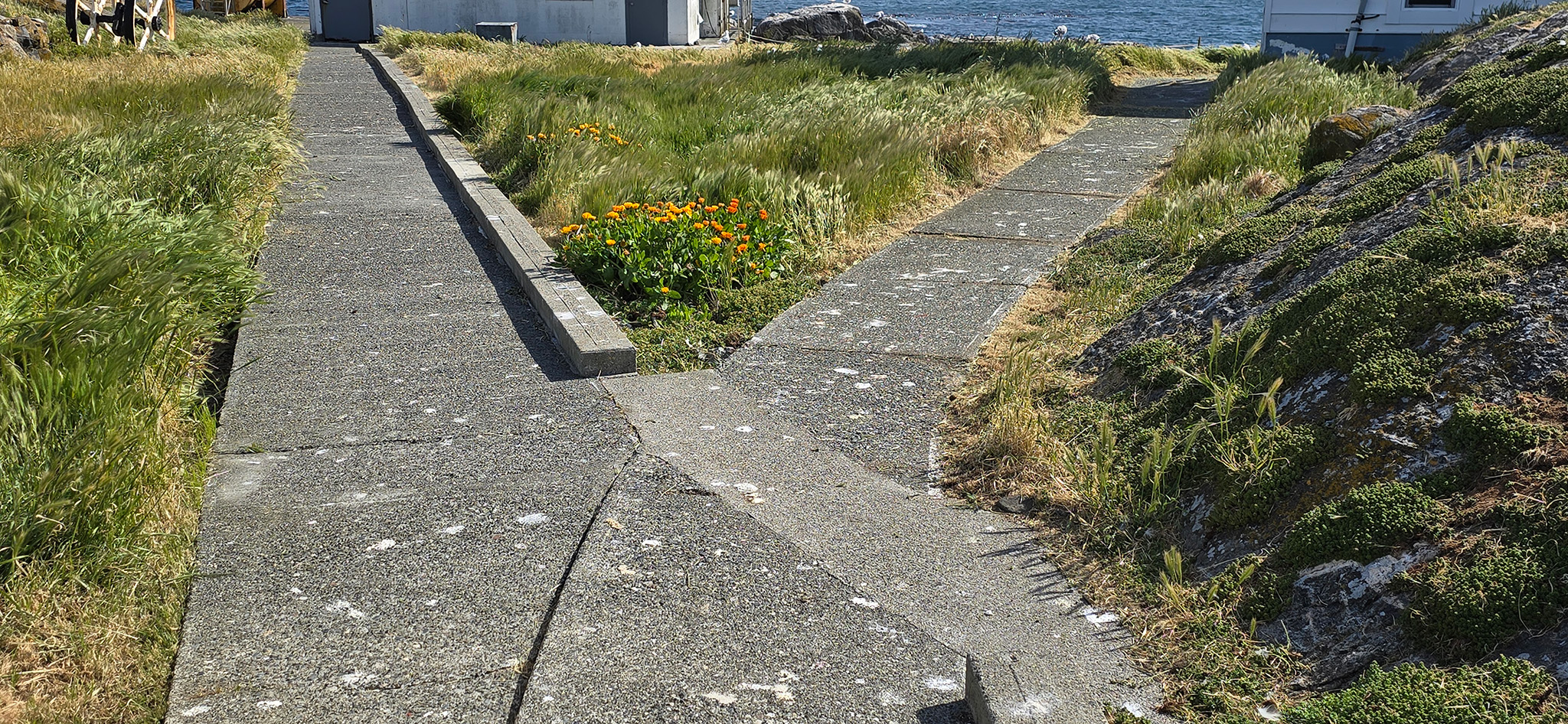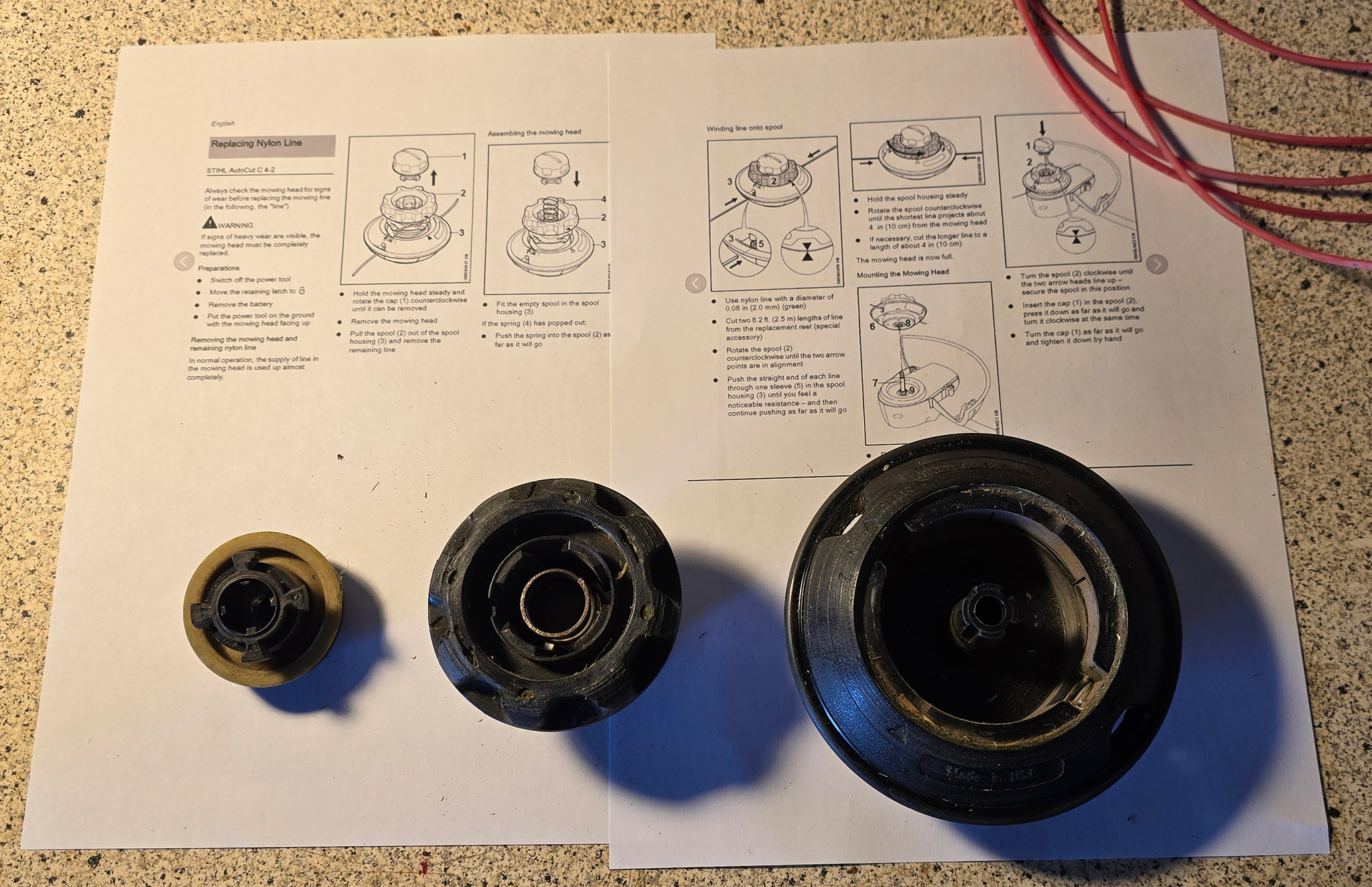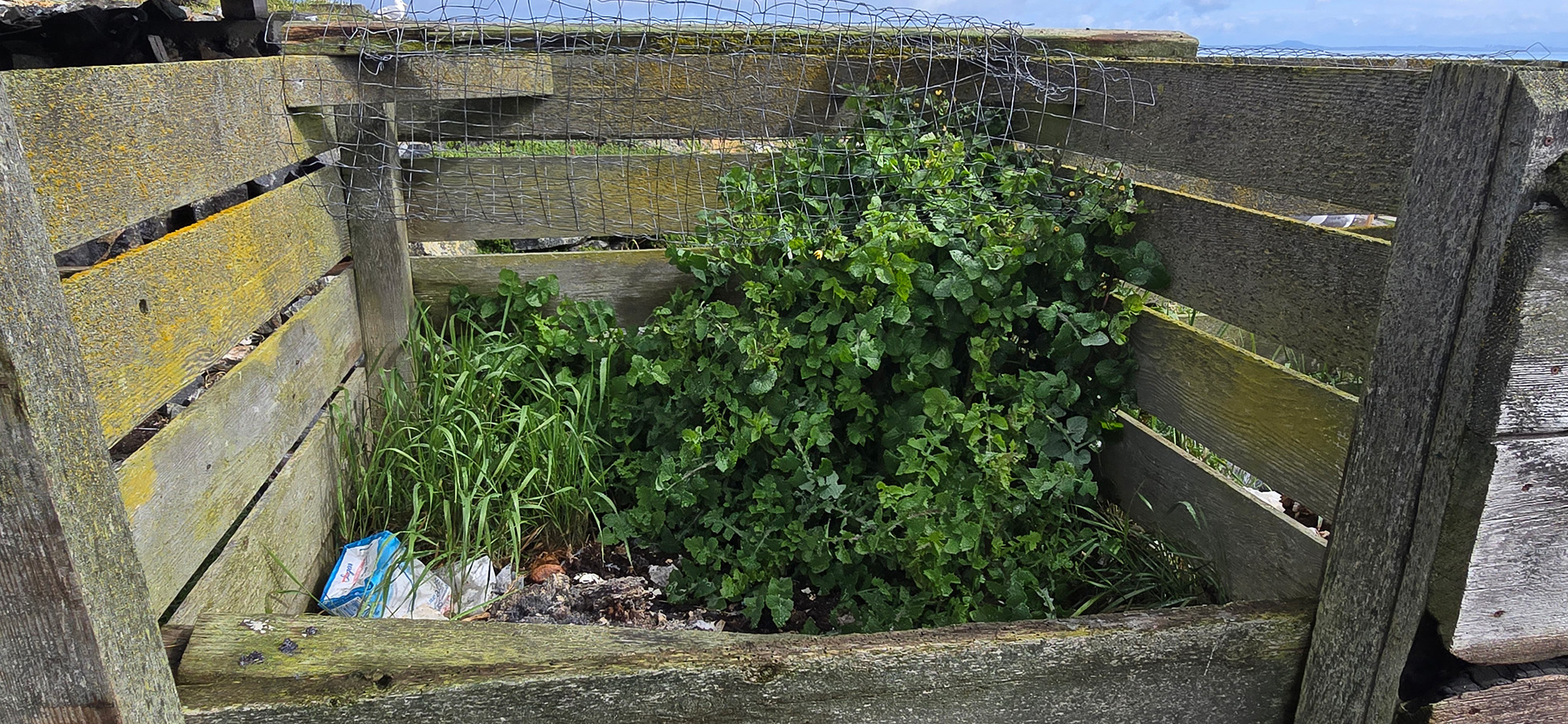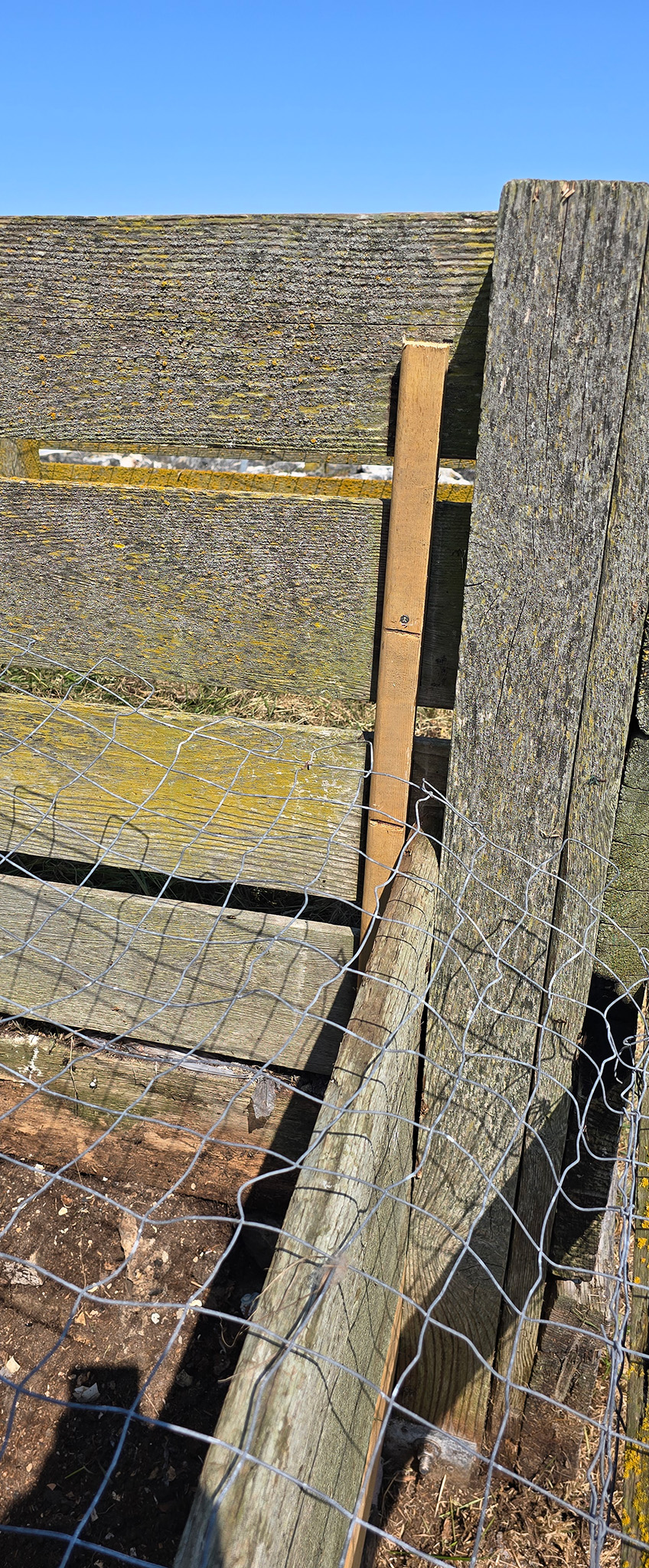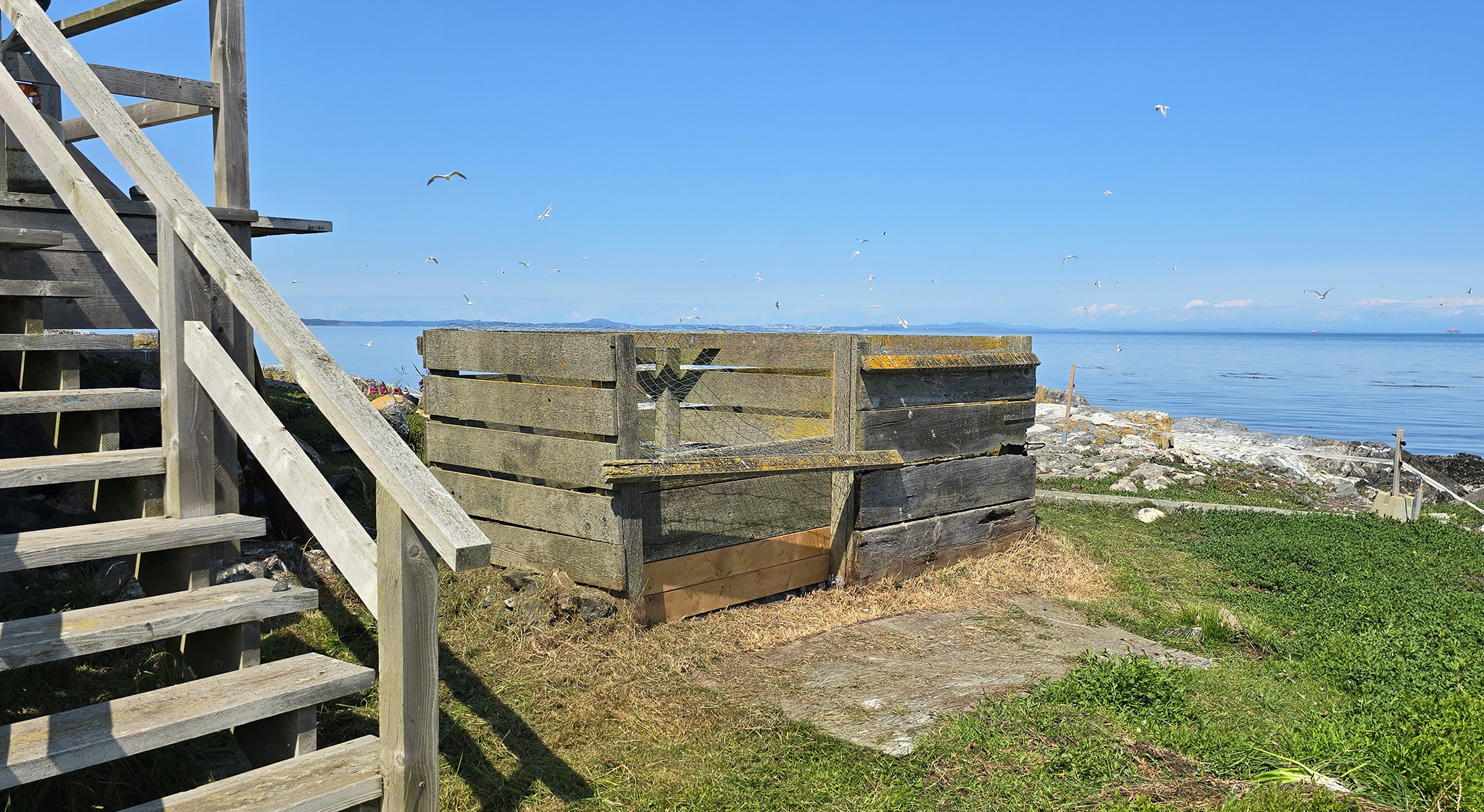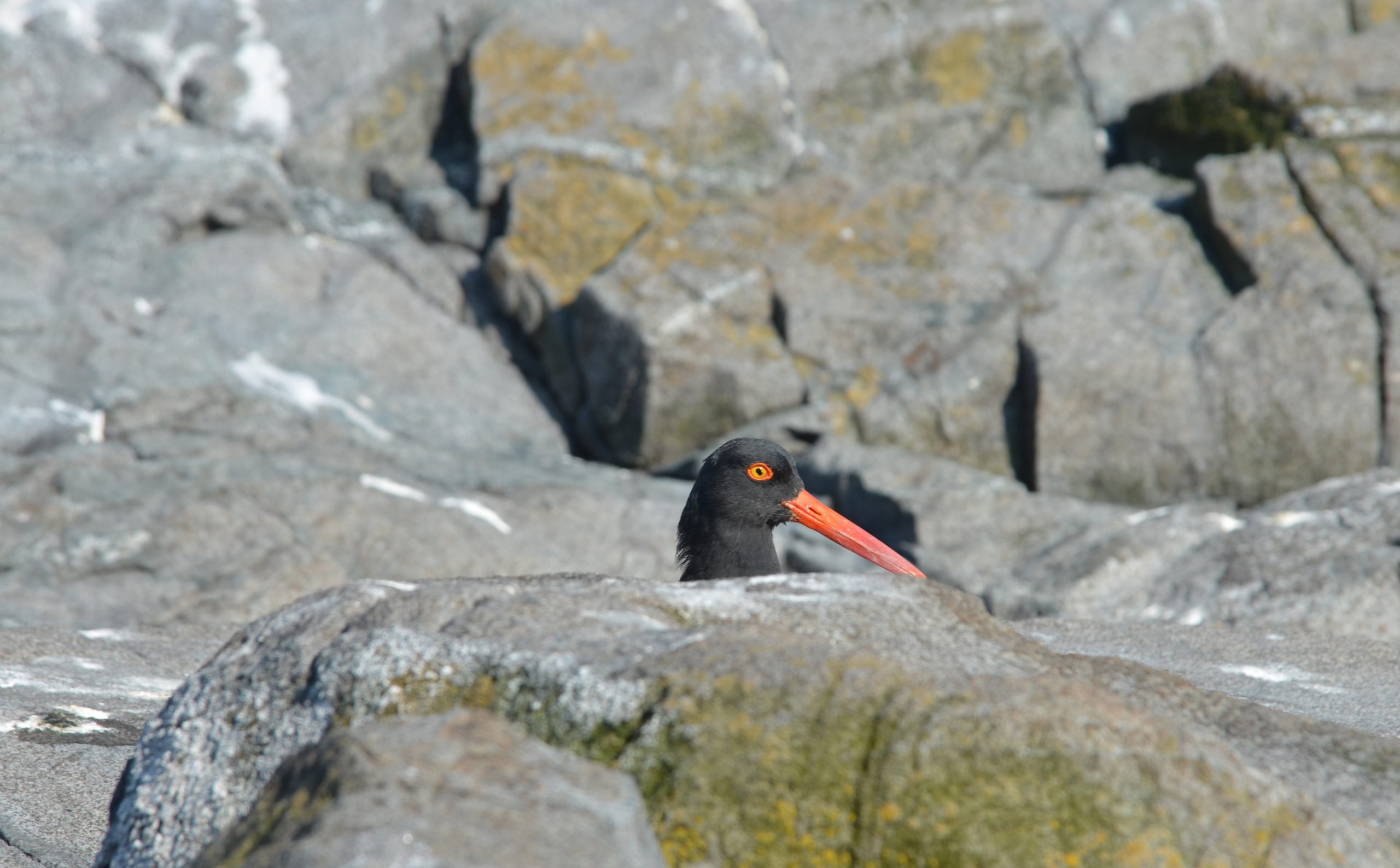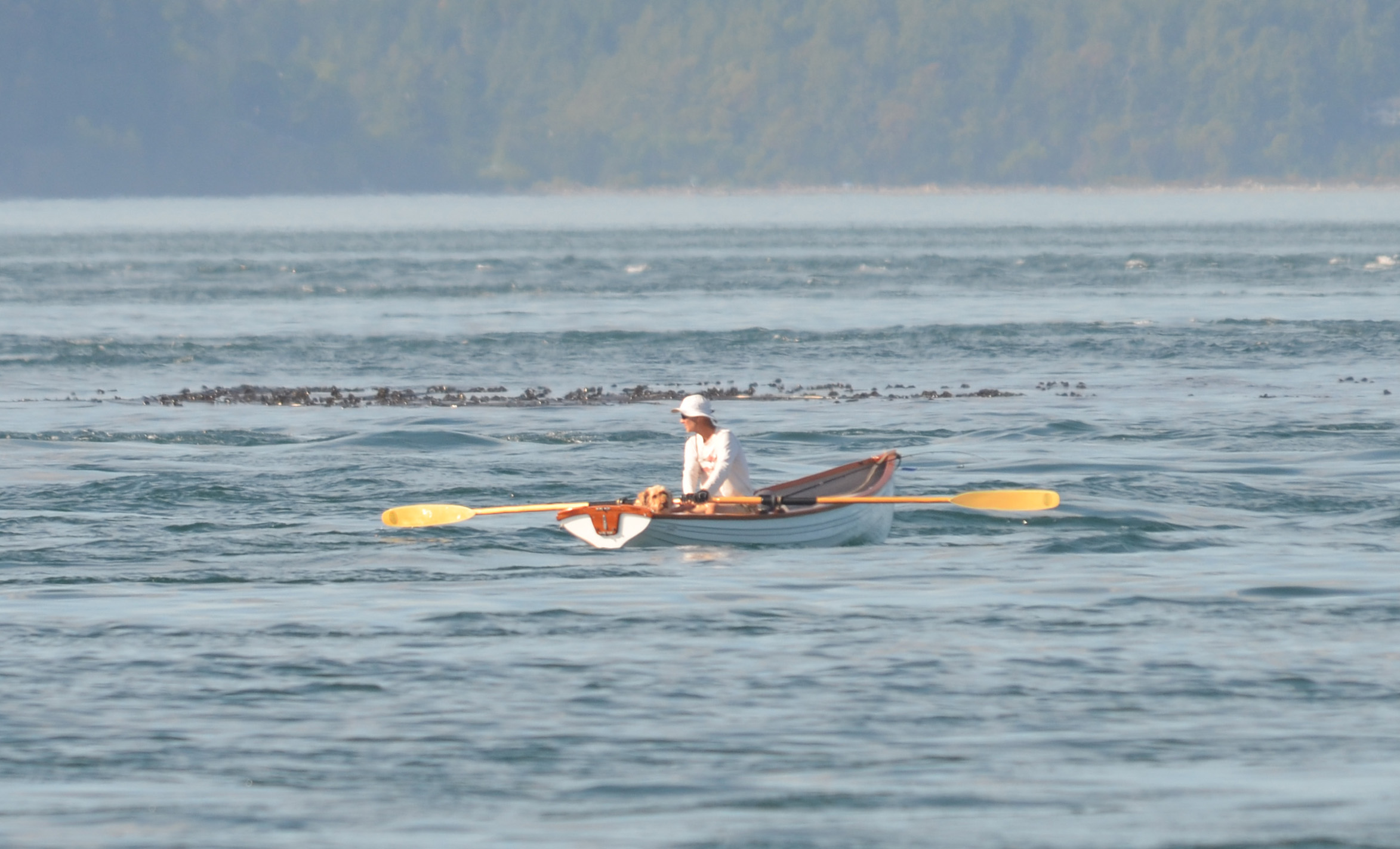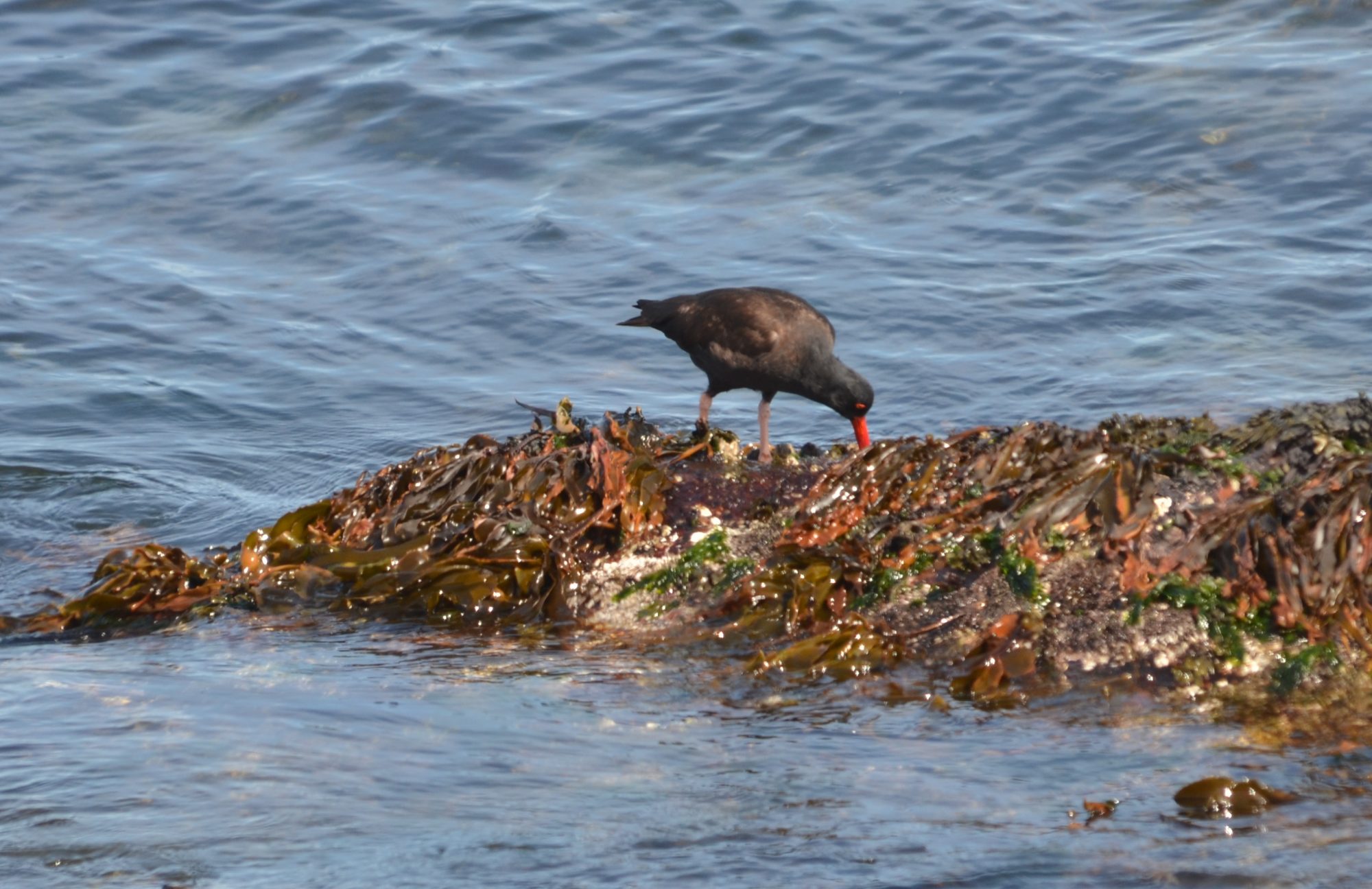Mammals:
- Steller sea lion: 2 (May 30: 10, May 23: 6, May 15: 21, May 8: 37)
- California sea lion: 12
- Harbour seal: 103 (May 30: 90, May 23: 50)
- Elephant seal: 2 female
Birds:
- Gulls: 645 (May 30: 464, May 23: 467, May 15: 391, May 8: 114)
- Pigeon guillemot: 82 (May 30: 6, May 23: 30, May 15: 78, May 8: 153)
- Cormorants: 42
- Canadian geese: 6
- Bald eagle: 2
- Black oystercatcher: 12
Wildlife notes
The female elephant seal is progressing in her molt, shedding more around the eyes, mouth, flippers and genitals. There have been several eagles today but I can’t tell if it is the same eagle that perches on the South Islands or different ones. There may have also been two purple martins on the island today. I couldn’t get a photo but they had the same behavour as the ones that visited last year – searching and landing on top of the tower.
Facility work
- cleaned solar panels
- weed whacking
- started cleaning the laundry room
Vessels
- ecotourism: 4
- private: 4
Weather
Mostly clear skies. Winds variable in direction, ranging from calm to a gentle breeze. Daytime temperatures: low 10, high 20.



